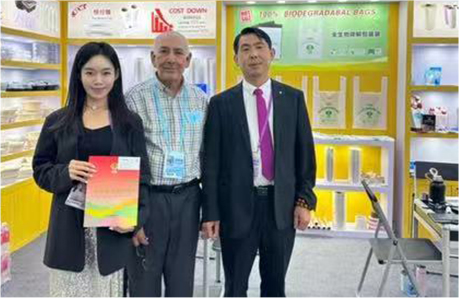types of paper used for food packaging
Types of Paper Used for Food Packaging
Food packaging plays a crucial role in preserving the quality, safety, and freshness of food products. Among the various materials used in packaging, paper has gained prominence due to its versatility, sustainability, and cost-effectiveness. This article explores the different types of paper used for food packaging and their unique properties that make them suitable for various applications.
1. Kraft Paper
Kraft paper is one of the most commonly used types of paper in food packaging. Made from chemical pulp, it is known for its strength and durability. It is often used for wrapping items like bread, pastries, and other baked goods. Its natural brown color gives it an appealing rustic look, making it popular in artisanal packaging. Additionally, kraft paper is biodegradable and recyclable, aligning well with the growing demand for eco-friendly packaging solutions.
2. Greaseproof Paper
Greaseproof paper is treated to resist grease and oil, making it ideal for packaging fried foods, snacks, and cheeses. This type of paper is often used to line food containers or wrap items like burgers and sandwiches to prevent moisture from seeping through. Its barrier properties help maintain food quality and enhance shelf life, making it a preferred choice in the fast-food industry.
3. Waxed Paper
types of paper used for food packaging

Waxed paper is coated with a layer of wax, giving it moisture resistance and a somewhat non-stick surface. This feature makes it suitable for packaging foods such as cheeses, meats, and baked goods. While not entirely waterproof, waxed paper provides sufficient protection against humidity and helps preserve the freshness of food items. However, it is worth noting that waxed paper is not suitable for composting due to its wax coating.
4. Coated Paper
Coated paper is treated with a layer of polymer or plastic to enhance its printability and barrier properties. This type of paper is often used for food packaging that requires a strong seal against moisture and air. Examples include ice cream containers and ready-to-eat meal trays. The glossy finish of coated paper provides a high-quality appearance, making it attractive for branded food products.
5. Recycled Paper
With increasing environmental concerns, recycled paper has become an essential option for food packaging. It is made from post-consumer materials and retains many properties of virgin paper. Recycled paper can be treated and used for various applications, including bags, boxes, and wrappers. Utilizing recycled paper not only reduces waste but also lowers the environmental impact associated with food packaging.
Conclusion
The choice of paper for food packaging is diverse, reflecting the various needs of the food industry. From Kraft paper to coated and recycled options, each type offers specific benefits that cater to different food products and packaging requirements. As sustainability continues to be a priority for consumers and businesses alike, the demand for eco-friendly paper packaging solutions is likely to grow, paving the way for innovative developments in the food packaging sector.
-
No-Sew Methods for Making a Drawstring BagNewsAug.22,2025
-
The Problem with Plastic Trash Bags in LandfillsNewsAug.22,2025
-
Biodegradable Alternatives to Shirt BagsNewsAug.22,2025
-
Creative Ways to Reuse Poly Wrap Roll at HomeNewsAug.22,2025
-
Shipping Fragile Items Safely with Bubble MailersNewsAug.22,2025
-
Sustainable Alternatives to Plastic Shipping BagsNewsAug.22,2025
-
Have the freedom of customizing your custom mailers any way you want! Our dedicated packaging support will help deliver you the mailing experience you need to elevate your shipping experience to the next level! Start making a strong impression on your customers and stand out from your competitors! -
LIYA uses high quality raw materials which directly purchased from large enterprises domestic and overseas such as PetroChina, Sinopec, Sabic, Equate, ExxonMobil, Dow Chemical, Total, and Borouge, ensuring the price advantage and quality of the raw materials. -
LIYA uses high quality raw materials which directly purchased from large enterprises domestic and overseas such as PetroChina, Sinopec, Sabic, Equate, ExxonMobil, Dow Chemical, Total, and Borouge, ensuring the price advantage and quality of the raw materials.





